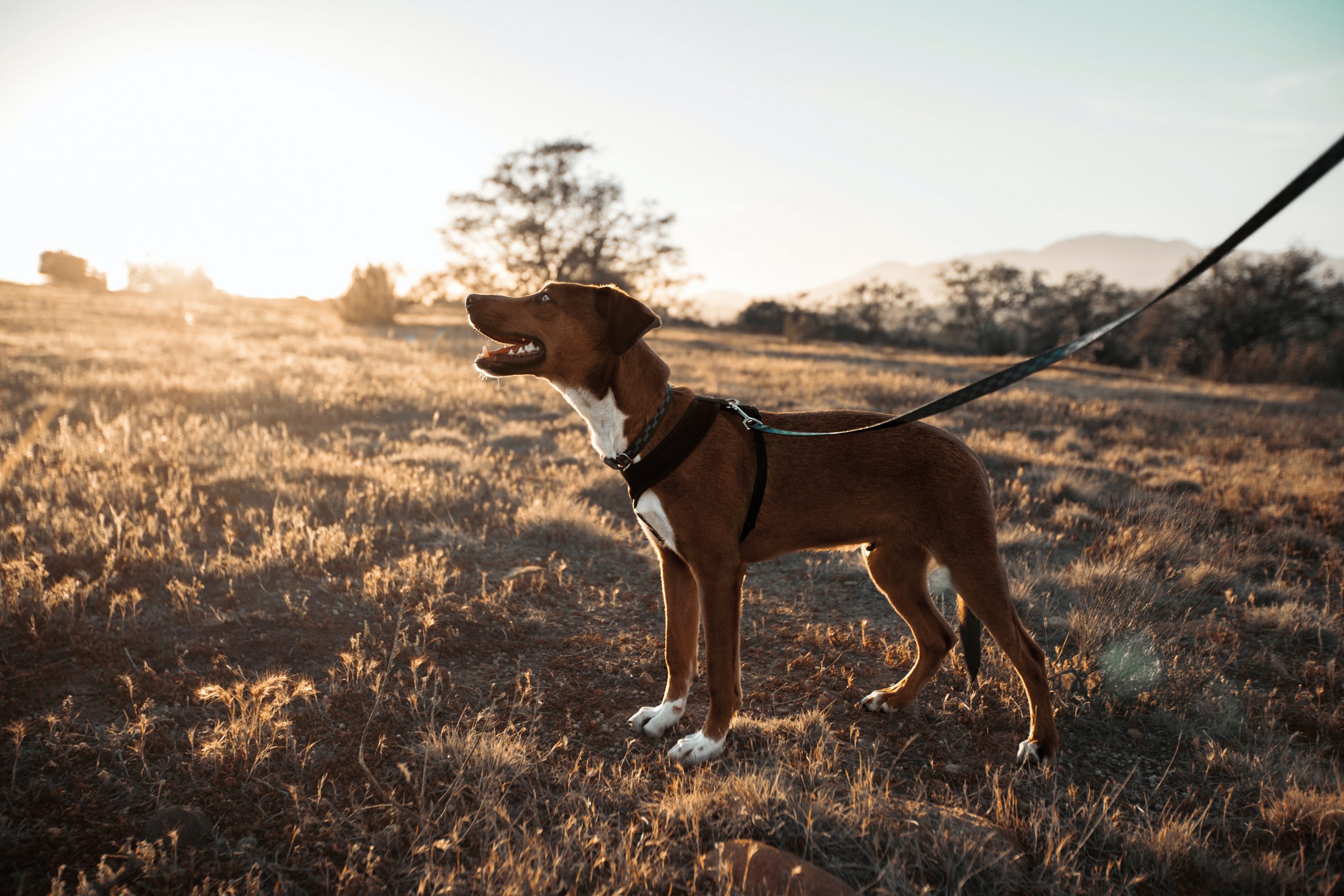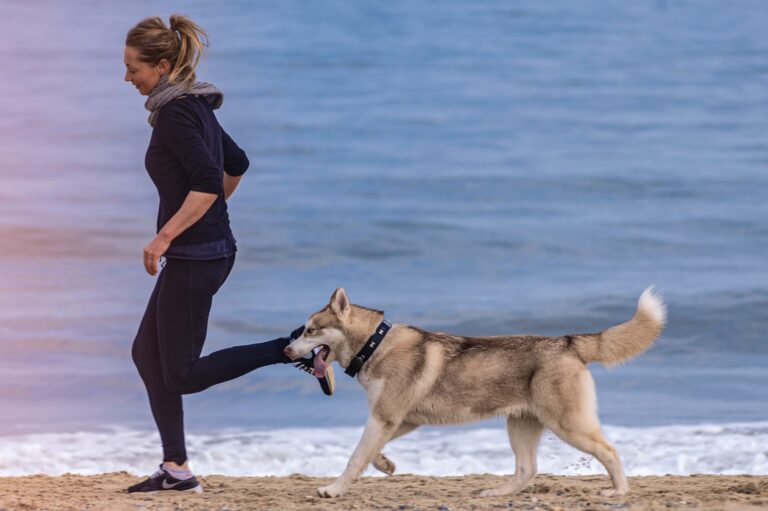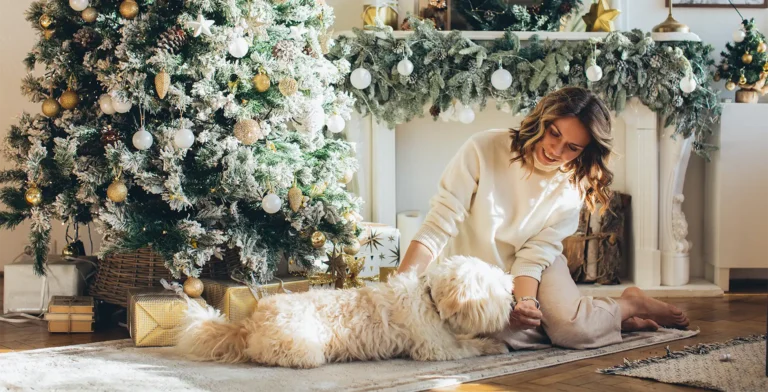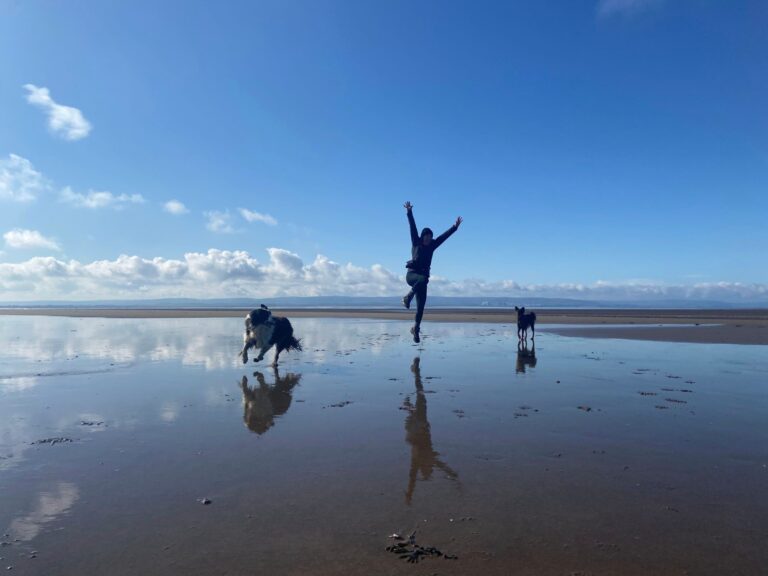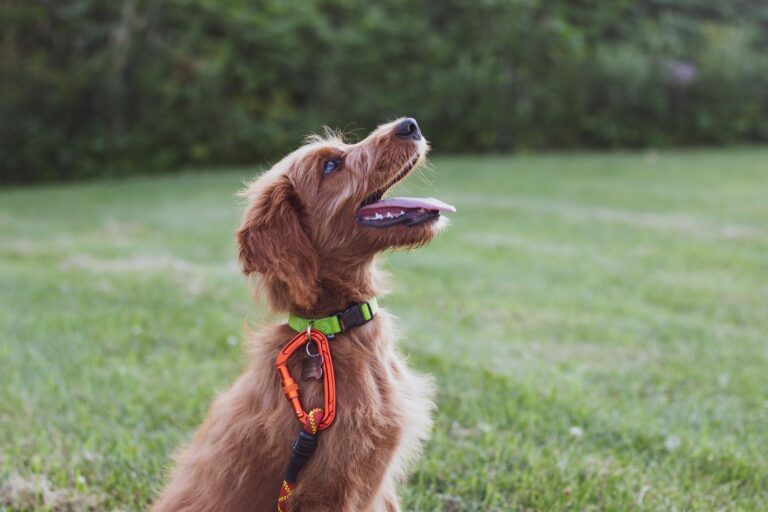Working with the over-reactive dog Part 2
In my last blog we discussed how to set the scene before you delve into teaching your dog to not be reactive. In part 2, I will describe the training required to help dogs be less reactive.
1. Train a rock-solid recall
This should be taught away from the problem context first. Work on it inside the home, then in the garden, then on a walk well away from what ever it is your dog reacts at.
A reliable recall will help your dog move away from the ‘trigger’ (what makes them react). Ideally you should recall them away before they bark.
2. Sit or not?
I don’t ask dogs to sit for over-reactive training. Asking them to sit anchors them in one spot, which will can put them in emotional conflict if they are anxious and can be incredibly difficult for them to do if they are stressed.
Keeping dogs on their feet will help them move towards if they are relaxed or move away if they shows signs of escalating towards a reaction.
3. Retreat while the going is good!
You ideally want to recall your dog away before they react, so they learn that they do not need to react in order to create distance (if they are fearful).
You may need to move away 5-10 metres to help your dog switch off and fully relax.
It’s a good idea to give them a break after seeing a ‘trigger’ to avoid trigger-stacking, which is where the stress and arousal from each trigger encounter starts to stack up and tip an individual over their threshold for coping. A recovery period will help your dog wind down and be more ready for the next encounter.
4. Reinforce all the good choices!
If your dog looks at a trigger and looks away unprompted or recalls away when asked reinforce with gentle praise and treats. The Blue Pet GoShine and GoActive chewies make a great surprise treat amongst smaller ones.
5. Start in a context your dog can succeed
You may not be able to start your training right where the problem behaviour happens.
For instance, you will likely not be able to teach your dog to not react at cars on a busy main road. Your dog may not be able to see dogs in the park and not react.
Start in a new and easy context that is different to the usual one, and build your dog’s recall away from triggers at a distance it is easy for them.
For example, you situate yourself at the far end of the carpark and recall your dog away from the slow-moving vehicles at the opposite end.
You walk your dog in a vast meadow parkland and situate yourself well away from other dogs at a distance your dog is calmly aware of them.
6. If your dog reacts, have a break or head home!
During and immediately after a reaction your dog will have a huge surge of stress hormones which will prime them to be more reactive. Taking a break or heading home will give your dog a chance to de-stress and avoid further reactions.
7. Promote Calm
This applies to on the walk and at home after a walk. Encourage calm behaviour, where your dog is more likely to have calm experiences and store positive memories from the training.
Encourage sniffing on their walk by using a harness and longer lead (2-5 metres is ideal). Putting treats on the floor when no dogs are nearby is a great way to promote sniffing behaviour.
It’s advisable to not play ball games or other high arousal activities on your walks, as these elevate arousal levels which can then be redirected towards triggers. Keeping things slow and steady will help your dog stay non-reactive.
At home, help your dog wind down with a chew, such as the GoSmile chewies, or a Kong. If your dog had a great walk, encouraging them to sleep will help them store those experiences.
8. Employ professional help
If your dog is reactive, you will likely benefit from working alongside a suitably qualified professional. The ABTC register lists appropriately qualified and skilled professionals.
It’s important your dog has been given a clean bill of health, and your vet may even wish to refer you to a trusted individual they work alongside.
